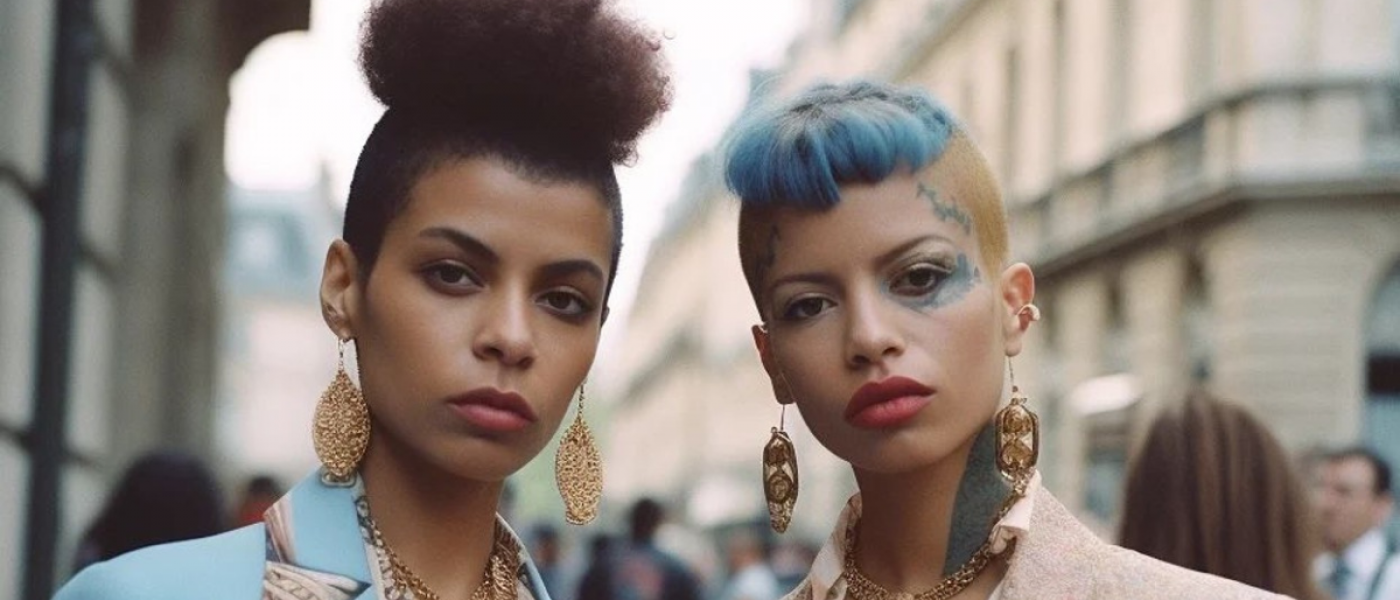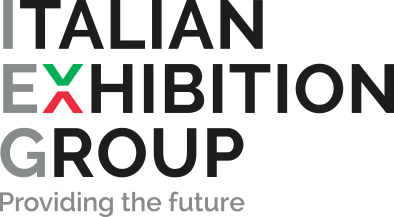
Pre-loved sparkle: circular economies and vintage jewels. Exploring the global impact of jewellery on sustainable consumer habits
Pre-loved sparkle: circular economies and vintage jewels. Exploring the global impact of jewellery on sustainable consumer habits
Credits: Katsuko Koiso @katsukokoiso.ai
The rise of the pre-loved economy reflects societal shifts towards circularity and sustainable practices, driven by Gen Z. The global pre-loved luxury goods market reached $34.2 billion in 2023. Looking ahead, IMARC Group anticipates the market will grow to $72.3 billion by 2032, with a compound annual growth rate (CAGR) of 8.9% from 2024 to 2032. Demand for vintage luxury jewellery, including brands like Van Cleef & Arpels and Cartier, is expected to outpace the overall fine jewellery market, with second-hand jewellery potentially comprising up to 30% of the industry.
Jewellery fairs play a significant role in shaping sustainable consumer habits. Events like Vicenzaoro's VO Vintage highlight the growing interest in vintage and pre-loved items. VO Vintage attracts collectors and connoisseurs with its focus on the timeless appeal and sustainability of this kind of pieces. Similarly, the Palais Royal Hong Kong gallery showcases high-quality European antiques, such as Cartier’s pieces during the Art Décor era, educating the public on the creative processes behind these cherished items.

Credits: VO Vintage
The vintage economy fosters a sense of community among consumers through virtual platforms dedicated to reselling and exchanging luxury items. These platforms enhance user engagement with forums, social media groups and reviews, appealing to those who prioritise experiences and relationships over ownership. This communal aspect is particularly appealing to younger generations who value sustainability and ethical consumption.
Iconic designers such as Fulco di Verdura, René Lalique, and David Webb exemplify the lasting value of pre-loved jewellery. Verdura's innovative designs, Lalique's Art Nouveau masterpieces, and Webb's bold, imaginative creations continue to captivate admirers, underscoring the importance of preserving luxury items.

Credits: Fulco di Verdura & David Webb
This market supports the circular economy by extending the lifecycle of products. By reusing and recycling luxury items, consumers contribute to reducing waste and conserving resources. This sustainable approach aligns with global efforts to combat climate change and environmental degradation.

Credits: René Lalique at the Calouste Gulbenkian Foundation
In conclusion, the vintage economy signifies a shift in consumer habits towards more sustainable and conscious choices. By promoting sustainability, fostering community connections, and supporting ethical consumption, this market is paving the way for a more conscious future in the luxury jewellery industry. The enduring popularity of pre-loved luxury items highlights the timeless appeal and growing significance of this market.


